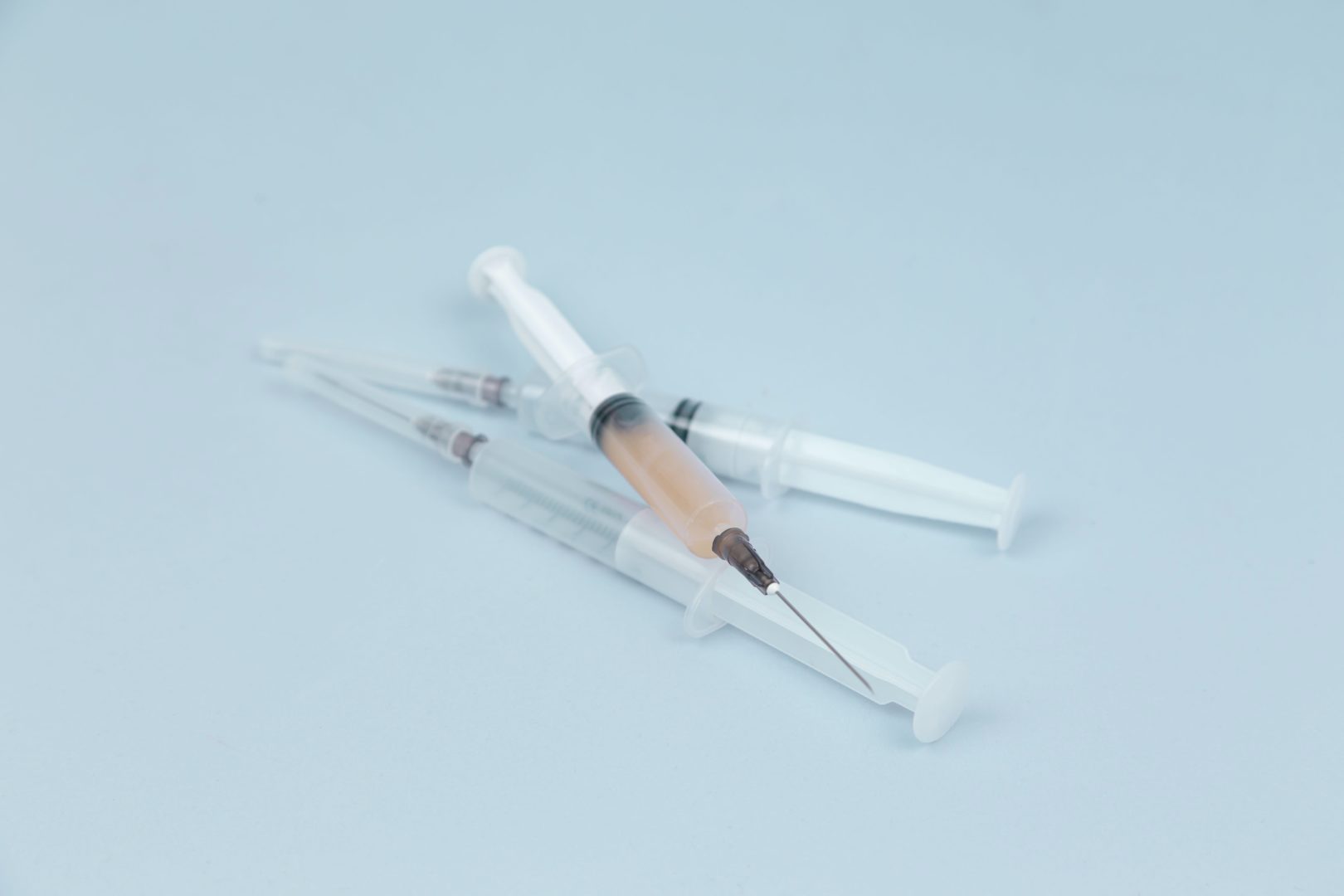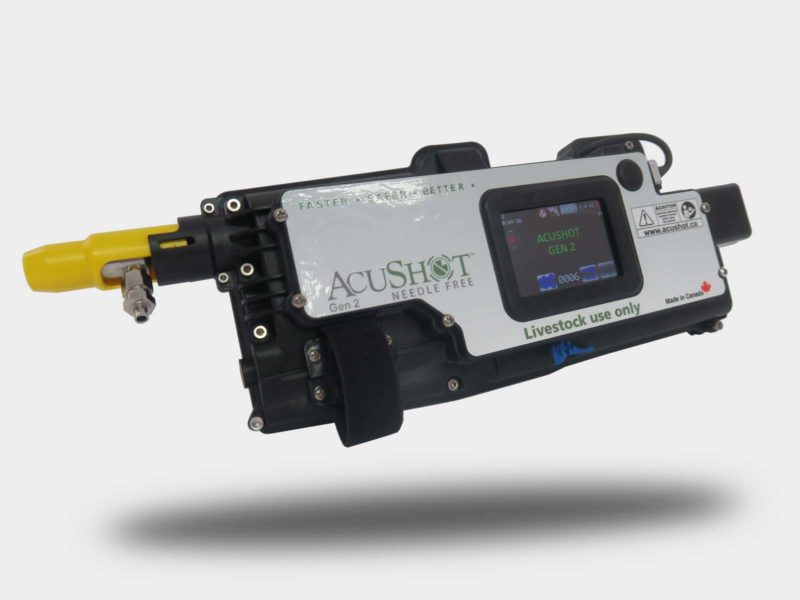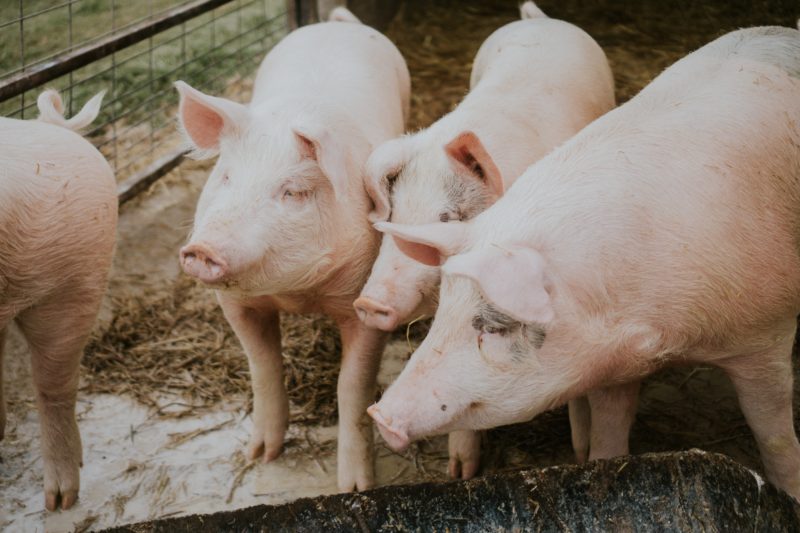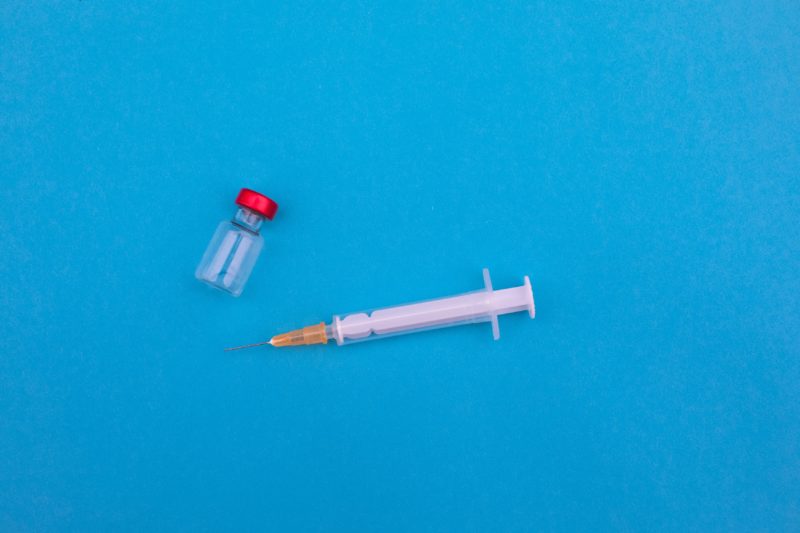In last month’s issues of “Making a Difference”, we discussed issues surrounding the “Environmental Impact” of discarded needles and sharps. In this month’s issue we want look at issues surrounding “Safety” when using needles
The Center for Disease Control (CDC) estimates that health care workers in the United States are exposed to 600,000 – 800,000 needle sticks or cuts from contaminated sharps every year. Costs for testing and treating health care workers injured in such accidents range between $540 and $3,800 per incident, depending on the magnitude of risk. In the United States, overall treatment costs for such injuries could range from $324 million to $2.3 billion.
Needle sticks accounted for the highest number of physical injuries in swine veterinarians, with 580 out of 794 surveyed veterinarians (73%) suffering needle-stick injuries. 36% of these injuries resulted in adverse effects (pain, local swelling, hematoma, infection, superficial abscess, or cellulitis).
A study done by the CDC (Center for Disease Control) list the following reasons for accidental needle sticks https://www.cdc.gov/nora/councils/hcsa/stopsticks/sharpsinjuries.html
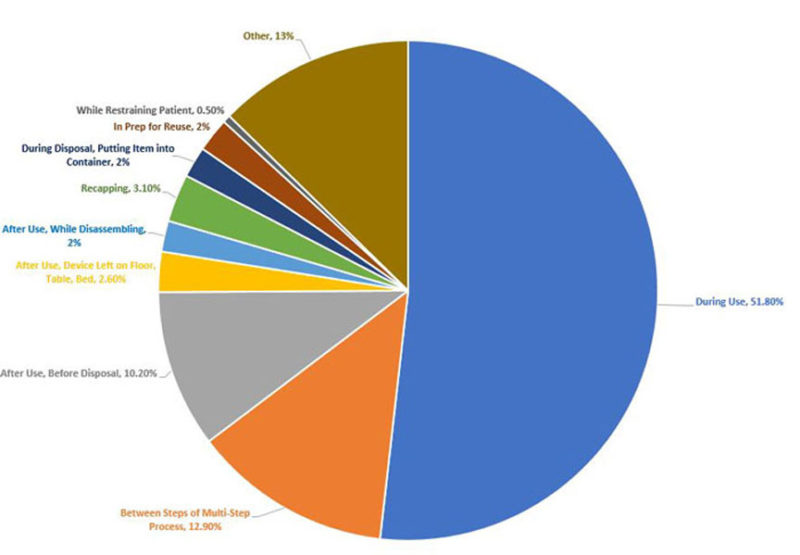
Improving the level of safety for farm workers was one of the driving forces behind the development of
AcuShot’s innovative second generation Needle-Free technology. Replacing needle use with AcuShot’s Needle Free technology drastically reduces injuries to farm workers. View actual on farm injection videos at and see for yourself how safe our device really is. Farmers repeatedly comment that using the AcuShot device is much safer to use when compared to conventional needles.

